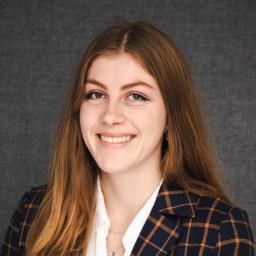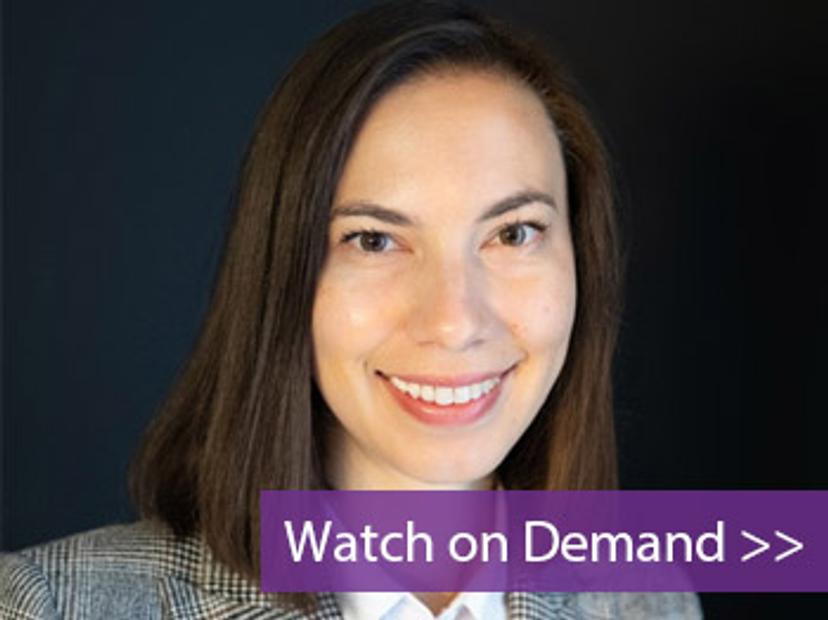Evaluating oncology drugs in patient tumors with preserved native tumor microenvironment
Watch this on-demand webinar to gain insight into a novel platform designed to rapidly evaluate preclinical drug candidates
20 Apr 2022

Despite advances in both 3D in vitro human cell-based models and in vivo animal models, 97% of oncology drugs that enter clinical trials fail to receive regulatory approval. Patient-relevant translational systems that better mimic the complexity of human tumors are therefore required. This would allow us to understand drug effects on native tumor microenvironment, evaluate immuno-oncology drugs in a non-artificial setting, and make better informed decisions about progressing into the clinic with more data.
In this SelectScience webinar, now available on-demand, Dr. Nataliia Beztsinna, from Crown Bioscience, reviews the benefits of a novel 3D Ex Vivo Patient Tissue Platform that uses freshly collected patient tumor material and phenotypic high-content imaging analysis to evaluate preclinical drug candidates in a high-throughput format.
Watch on demandRead on for highlights of the Q&A session and register now to watch the webinar on demand.
What is the length of incubation that you can do with these assays?
NB: Our typical incubation time is five to seven days. That's when we see meaningful responses to the drugs that we test.
Can you pre-select patients based on specific criteria, such as EGRF expression?
NB: We can pre-select some of the markers that are typically analyzed in the clinic for the patients, like EGFR or HER2. However, if the marker is not in a standard clinical panel, so the patients do not get screened for those markers in the hospitals, then we cannot pre-select the patients based on those markers. However, we can run additional analysis post-assay, with immunohistochemistry, Fluorescence-activated cell sorting (FACS), or sequencing, and then analyze if the markers are expressed in a specific tissue.
Is it difficult to get hold of patient material, and how often do you receive these samples?
NB: That depends per indication and per patient inclusion criteria. If there are no very restrictive patient inclusion criteria, for instance, biomarkers or a tumor stage, then we can receive somewhere from one or two samples per week for a specific indication. So, quite a lot of them.
Could these 3D structures be frozen for further analysis?
NB: Definitely, we can freeze them. It just depends on which further analysis we're talking about. So, we can freeze the structures for sequencing, for instance, and that we do quite often. We can also freeze them for further histological analysis. And in that case, they will be preserved.
But at this moment, we prefer not to freeze them to repeat exactly the same assay because, for some cells, the viability may not be similar.
Can we run a repeated assay on cryopreserved material?
NB: We can in theory, but we believe it’s best to run the assay on the fresh material because that way, all the players of the tumor microenvironment are preserved. After the cryopreservation, some of the cells will not survive, especially immune cells. Therefore, when testing immunotherapies, we recommend only doing this with fresh tissue. For direct tumor targeting, we can also explore the frozen tissues.
How do you process the tumor tissue to generate the 3D explants?
NB: We use mechanical shearing to generate tumor clusters that are about 100 µm in diameter, and then preserve all the cells that are released during the shearing. These will be immune cells, fibroblasts, etc.
Does this platform help to convert immunologically cold tumors to hot?
NB: Yes and no. On the one hand, if we take the tumor as it is from the patient, then we use the innate immune cells that are present in the tumor. Therefore, if it is a cold tumor then it will stay the same in the assay. However, we can add matching peripheral blood mononuclear cells (PBMCs) or other isolated immune cells from the same patient. In that sense, we can artificially generate a hot tumor.
Are the PBMCs educated with tumor lysate?
NB: No, we do not precondition PBMCs with tumor lysate. We use them freshly isolated on the same day as the tumor is isolated and we put them together in the assay.
What is the variance between different tumoroids from the same parent tissues?
NB: We try to keep the tumoroids homogeneous, but they will vary in size from around 50 to 150 µm because they are generated through mechanical shearing. We try not to disturb them too much, they will be as homogeneous as possible to keep the assay representative.
How do you compare extracellular matrix (ECM) between your 3D model and the patient specimen?
NB: We have our optimized ECM composition that we use in our assays that represents the stiffness and the proteins that are present in the ECM of solid tumors in general. So, we do not exactly follow what is in the patient sample, but this enables us to ensure a high standard of gel maintenance and imaging. If this is a tumor type that requires a stricter matrix compared to other solid tumor types, then we would adjust the composition. We do not match exactly ECM composition to the patient tissue because of the quality that we need to maintain in order to have a high-quality assay.
Is melanoma a good tumor type to perform these 3D assays on?
NB: Yes and no. Yes, because it is known to be a hot tumor that responds well to checkpoint inhibitors, for instance. However, melanoma tumors are generally quite small. And because we do not pre-culture the tumors but use them fresh, it might be challenging to get enough tissue material to run a lot of study conditions.
Want to learn more about evaluating drug effects on native tumor microenvironment? Watch the webinar on demand >>
SelectScience runs 10+ webinars a month, discover more of our upcoming webinars>>
